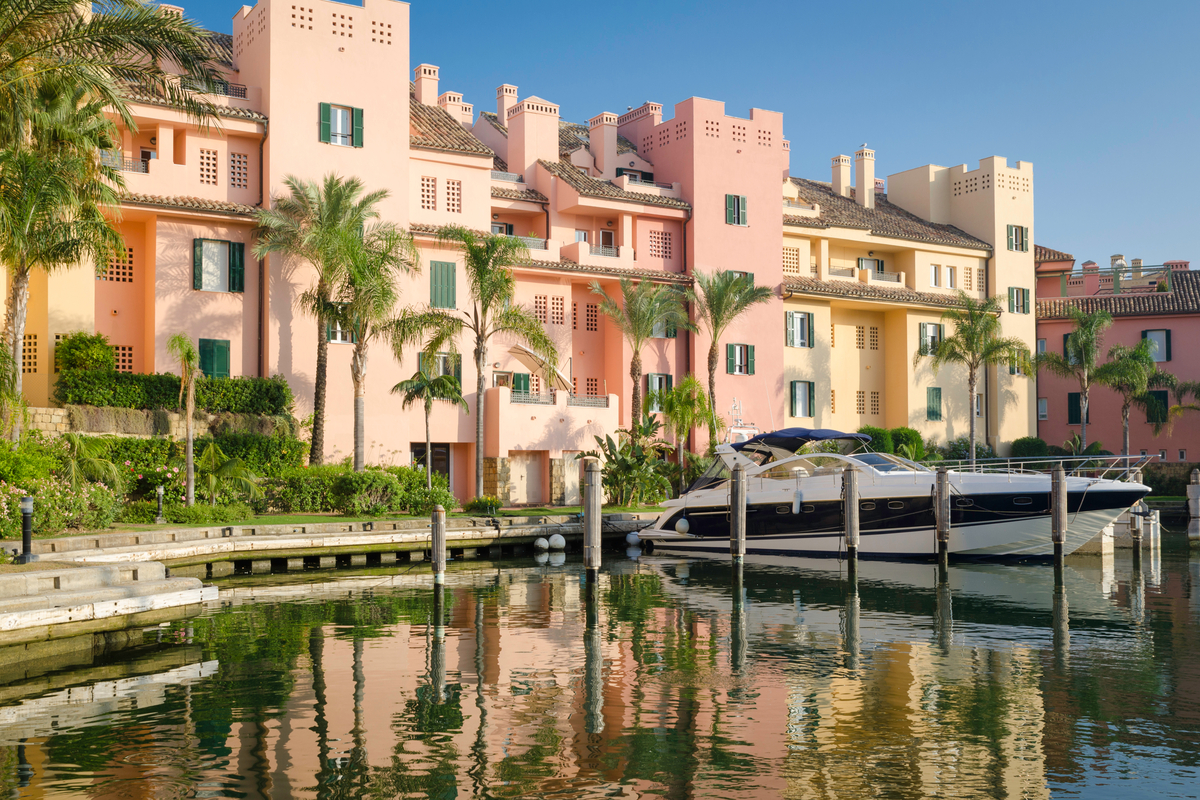
How much is Spanish property tax?
10/01/2020Now, this is a potentially complicated question! Nonetheless, if you are seeking out Sotogrande property for sale or are looking to sell Sotogrande property in your possession, you will doubtless appreciate having an insight into the property taxes that are likely to apply to you.
The following should only be considered an approximate guide to the Spanish property taxes that you ought to be mindful of, and is not a substitute for advice directly from a professional.
Taxes to be aware of if you are buying a Spanish property
The exact taxes that you will be required to pay as a purchaser of property in Spain will depend partly on whether you are buying a new property from a developer or a resale property from a private individual.
If, for instance, you are buying a new Spanish home from a developer or a bank, you will be expected to pay VAT and stamp duty – otherwise known as IVA and Actos Jurídicos Documentados, or AJD. The VAT rate is lower (10%) on the purchase price of residential properties such as villas and apartments, than it is on commercial properties and plots of land (21%).
Alternatively, if you are purchasing a Spanish property that has been sold previously, it is the Spanish Transfer Tax – otherwise called Impuesto sobre Transmisiones Patrimoniales, or ITP – that you will need to be concerned with.
Those who are buying resale homes in Spain from sellers who are not resident in the country will also need to withhold 3% of the purchase price to pay to the tax authorities.
What if you are selling property in Spain?
In line with what we have stated above, if you are offering Sotogrande property for sale as a non-resident of Spain, 3% of the declared sales price will need to be withheld from you at the point of sale, and it is the purchaser who pays this by submitting form 211, within one month of the sale. The balance of the tax payable or reclaimable is then settled by the vendor when they submit form 210, normally within an additional two months.
Sellers of Spanish property who are residents, meanwhile, should be aware of the rollover relief that is available when they invest the proceeds of the sale, within two years of the sale, in their new main residence. The taxpayer will only be able to access this relief if they have lived in the property for three years, or were forced to sell due to a change of job, marriage or separation.
Absolute relief can also be obtained by resident taxpayers over 65, who have spent at least three years living in the property.
As for capital gains tax – which is the tax paid on profits from the sale of a property – this is 19% for the first €6,000, rising to 21% for €6,000 to €50,000 and 23% for €50,000+. These rates apply to Spanish residents; a fixed rate of 24% applies for non-residents, or 19% for residents of any European Union (EU) country, Iceland or Norway.
The above should not be regarded as an exhaustive guide to the various taxes and other fees that you will need to be informed about when you come to sell or buy a Spanish property. Nonetheless, such information should provide a useful starting point if you are contemplating snapping up Sotogrande property for sale, or putting your own property on the market in 2020.

